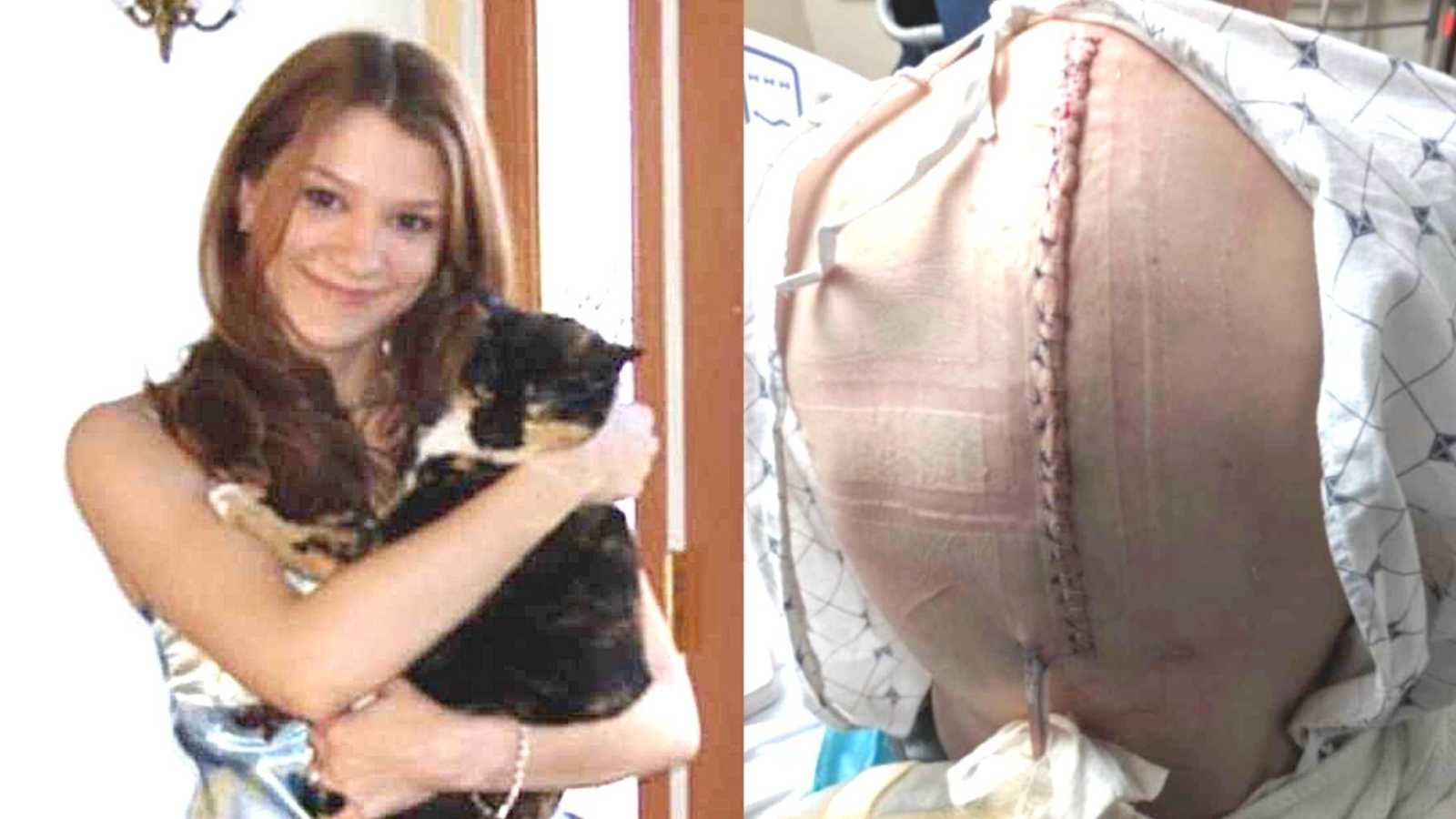“Looking back, I’m amazed at the depth and breadth of the emotional landscape I’ve traversed in my nineteen-years journey living with a disability. That journey is still ongoing and has entailed pain and struggle, but it has also helped me discover who I really am, how to truly love myself, and how to embody psychological and physical strength, despite the pain I internalized for so long. Though I live with difficult symptoms, I believe my story demonstrates the resilience of the human condition and the potential all individuals possess to overcome life’s most challenging hardships.
When I was just 15, I began experiencing severe back pain. When I consulted with my pediatrician, he told me I was sitting at the computer chair too often and prescribed a mild painkiller. The pain, however, continued to worsen for months, and I was overwhelmed with desperation for relief and confusion as to what was happening with my body. Eventually, I was referred to an orthopedic surgeon who recommended I get an MRI. A week later, I received a telephone call from my pediatrician, who said I needed to go to the emergency room immediately. Instead of panicking, I felt relieved there might finally be an answer to my problems.
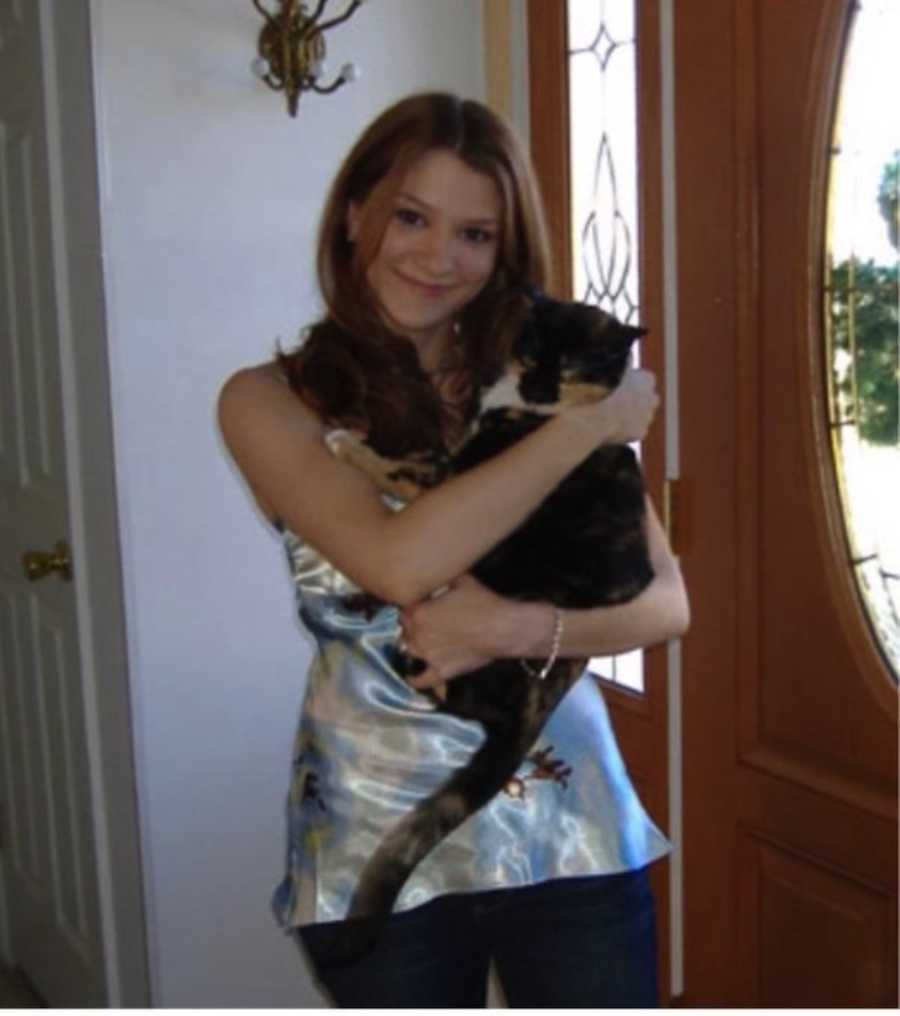
When my family and I arrived at the emergency room, we were met with a group of doctors who informed me I had intradural lipomas (fatty tumors) inside and surrounding my spinal cord. I was pretty calm, but I noticed my mother and doctor seemed distressed in comparison. I said, ‘You guys are talking like I could die from this!’ I was astonished by the doctor’s frank response: ‘You could.’
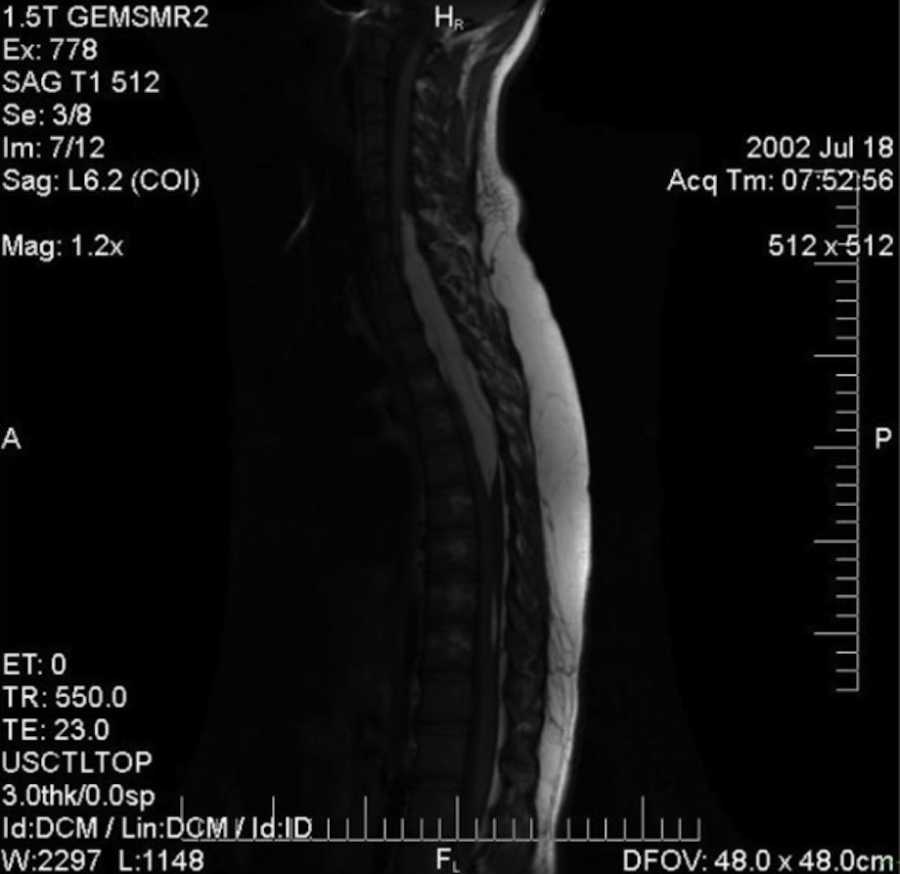
Not two weeks went by before my pediatric neurosurgeon performed the first neurosurgery on me at the age of 16. He debulked the intradural lipomas and performed laminectomies on my vertebrae from C4 to T6. In simpler terms, he removed a portion of my tumors by shaving them down with a laser and decompressed the area by removing sections of my vertebrae. I had never experienced so much pain in my life. Thankfully, my memory of this time is hazy, but I recall the extreme difficulty in learning how to walk again. In the months following, physical therapy was even more of a challenge. Even though I could not return to high school as a regular student, I graduated at the top of my class. Despite my continuing neurological symptoms and chronic pain, I also graduated from college summa cum laude with my Bachelor’s in Psychology and went on to become a Senior Research Analyst at a non-profit organization in Washington D.C. I felt great pride in my accomplishments and loved the work I was producing. Unfortunately, my symptoms continued to worsen, forcing me to leave my career on disability.
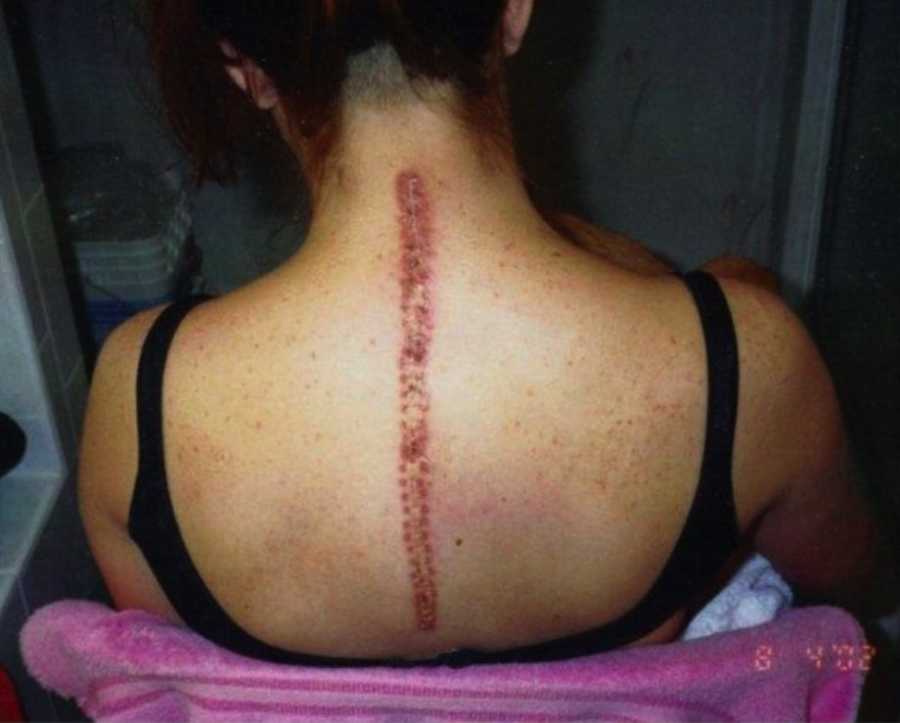
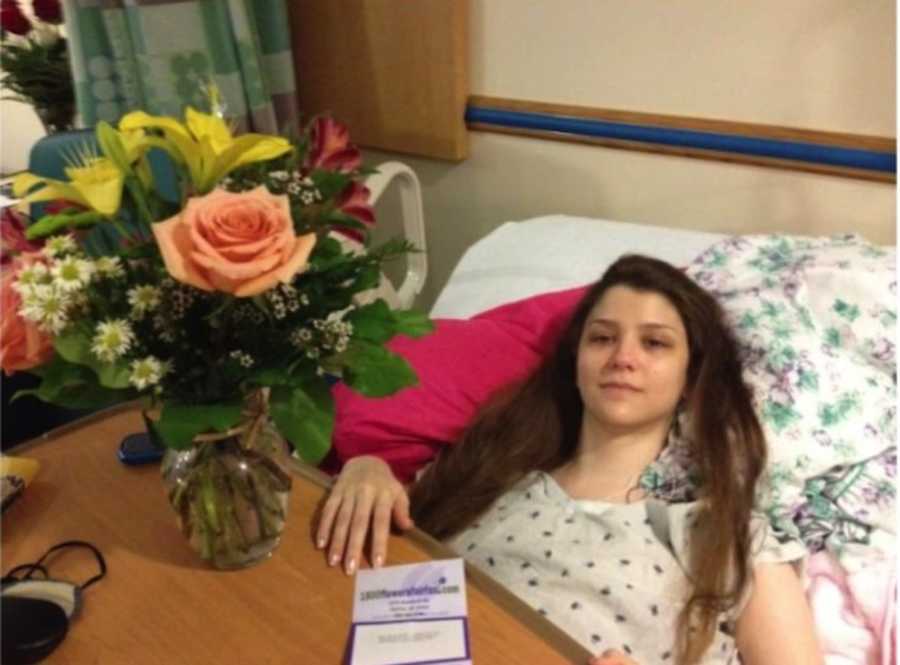
I was diagnosed with spinal cord tethering and syringomyelia (an arachnoid cyst on my spinal cord), necessitating another operation in 2012. My spinal cord was fixed in place with scar tissue and the cyst was causing compression. My neurosurgeon de-tethered my spinal cord and punctured the arachnoid cyst. However, the neurosurgery was unsuccessful in treating my symptoms and left me with permanent deficits. I woke up from surgery unable to feel or move my left leg, and I developed a serious cerebral spinal fluid (CSF) leak. I was devastated. I had no idea how to cope with such loss and pain. Despite my intense suffering, I needed to find the strength to learn how to walk again for the second time in my life, this time with a cane and leg brace. Though I was crushed by my surgical outcome, I was still grateful to have any ability to walk at all.
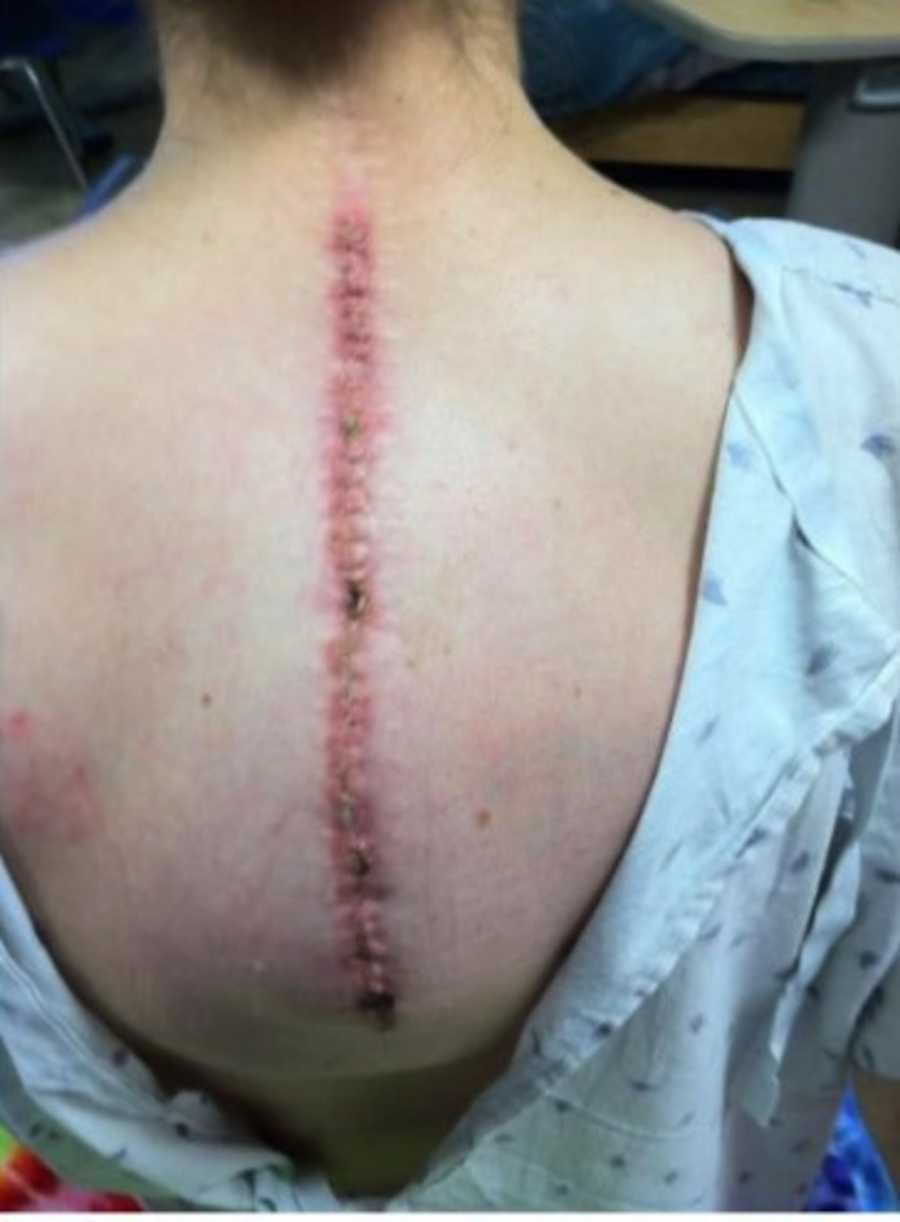

I continued to struggle with debilitating symptoms and chronic pain, which greatly compromised my quality of life. In 2013, I had my third neurosurgery to stop the CSF leak with a spinal shunt. Although the surgery successfully stopped the leak, I developed severe sepsis from an apparent hospital-acquired infection that threatened my life. I remember the moment the sepsis hit me. I went from recovering at home and feeling relatively normal to vomiting and burning up inside within a matter of minutes. An ambulance transported me to the ICU, where I stayed for several weeks. Doctors never found the source or strain of the infection, though my abdomen was in extreme pain where the shunt was placed. When I was released, I self-administered two IV antibiotics via PICC line around the clock for weeks.
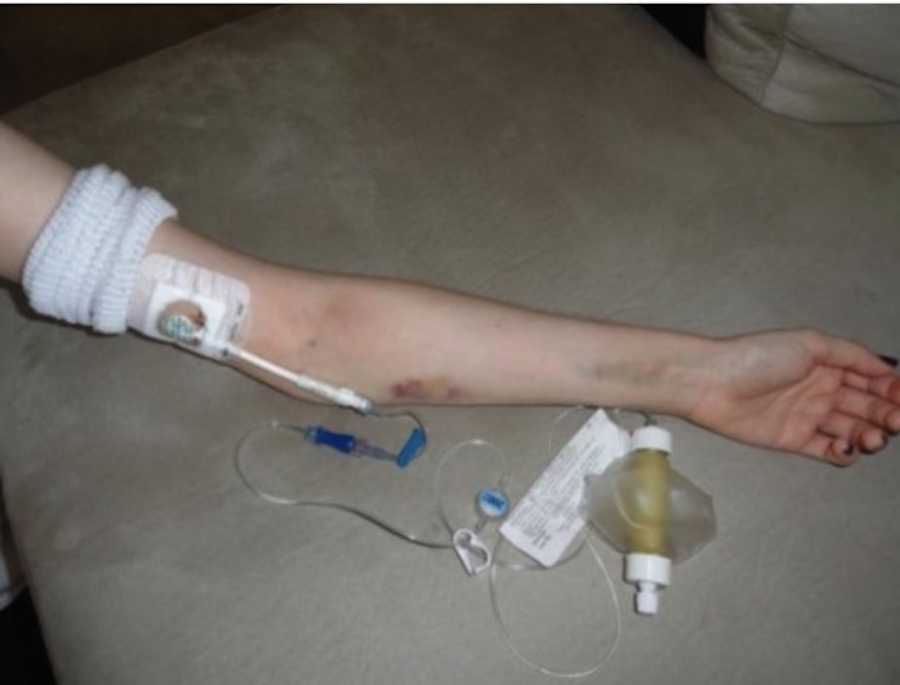
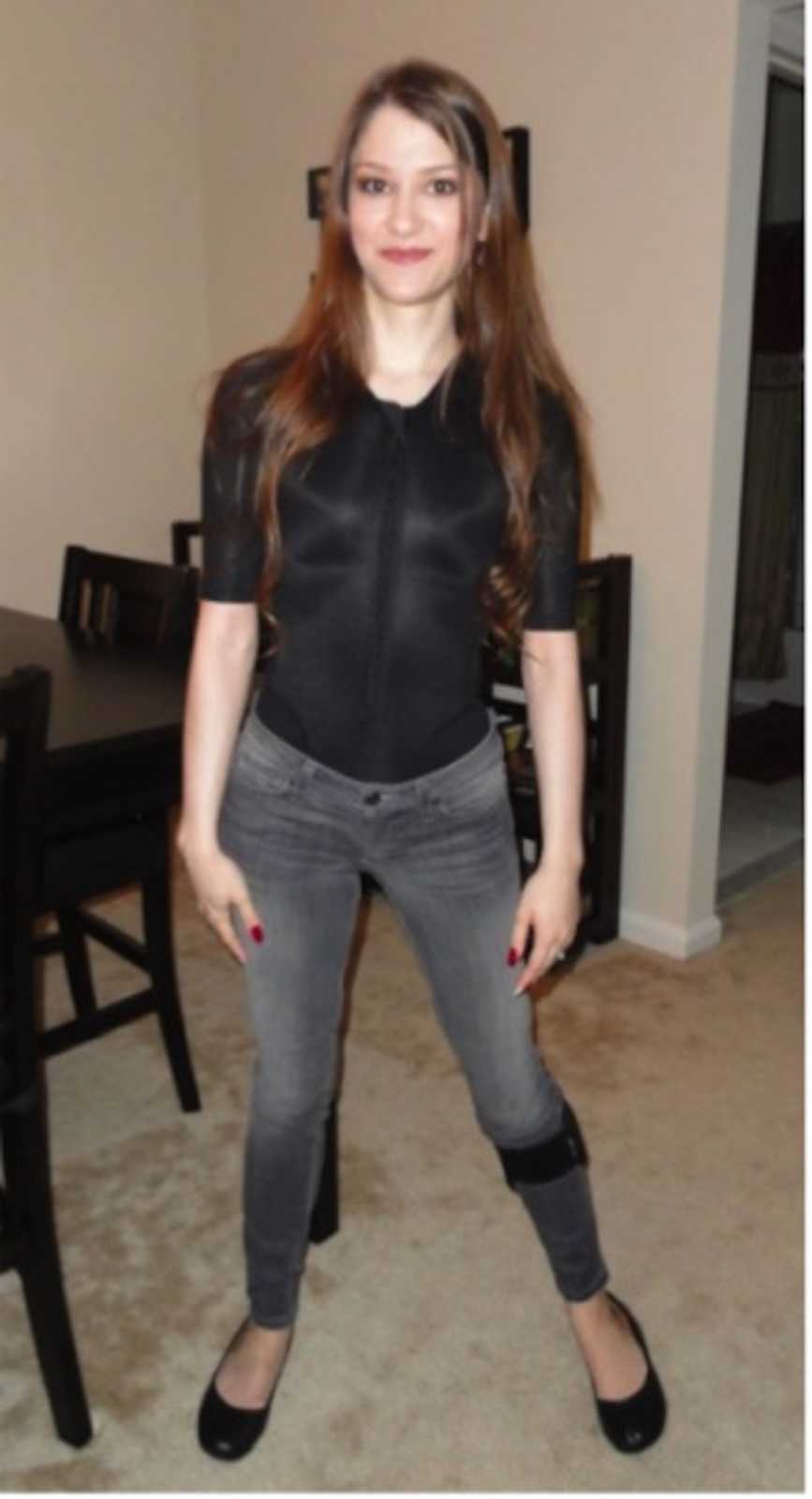
I suffered from severe existential depression. This was the darkest, most difficult period of my life. I began watching war movies and finding myself relating to the soldiers, though I never experienced combat. Only in retrospect do I realize that I was suffering from post-traumatic stress disorder, which these movies depicted. I found much comfort in listening to philosophy and psychology lectures that covered the topics I was facing. I began to imagine myself as the hero of my story. I also kept my body moving as much as possible with physical therapy exercises. I felt like I had to fight back every step of the way, lest the trauma consume me. I began volunteering, visiting patients in hospice, and being a caregiver for the disabled. I felt my experiences made me uniquely qualified to help those struggling with health and end of life matters. It was very rewarding and gave me a sense of purpose — transmuting my pain into something good for the world.
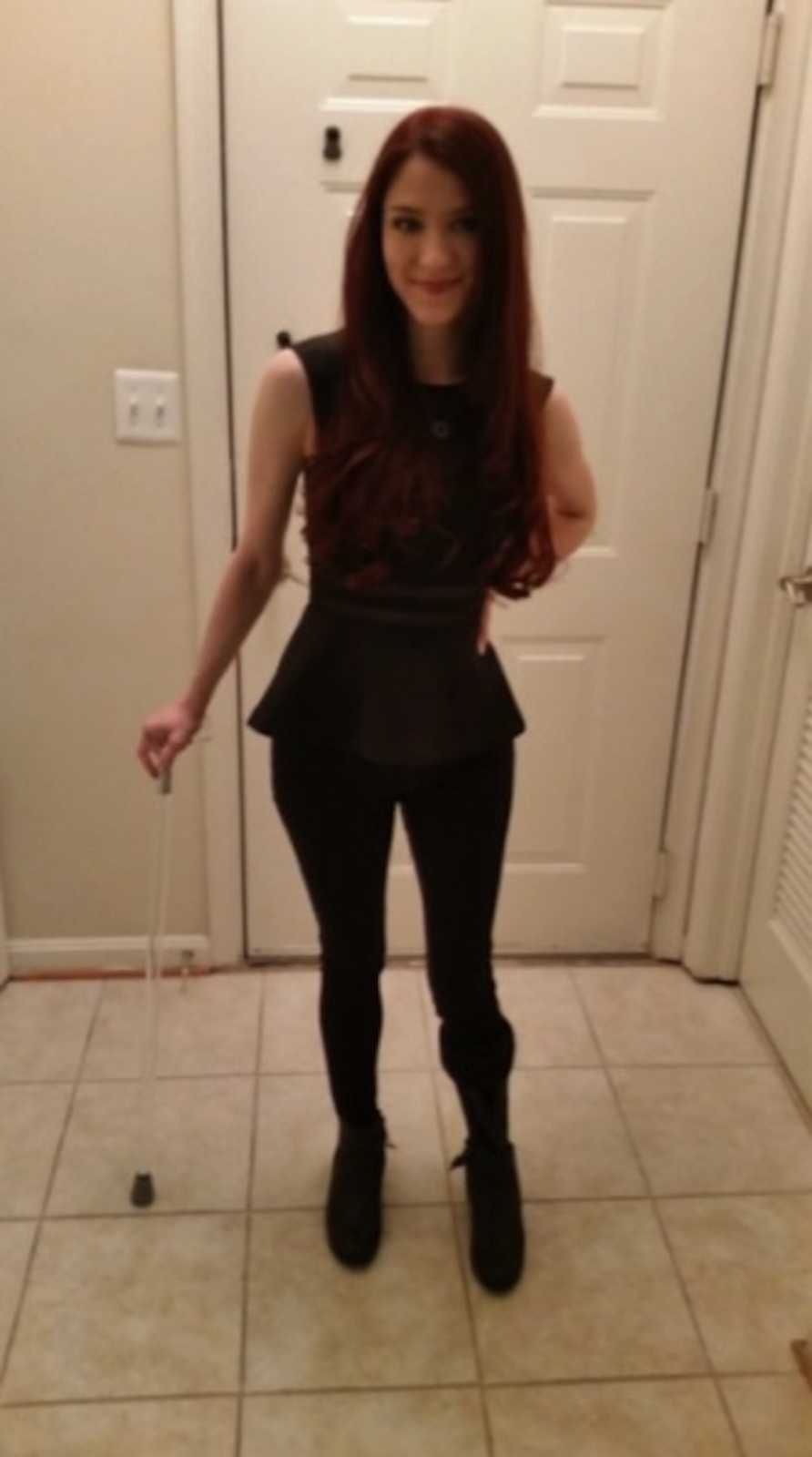
Life sent more challenges in 2019 when I had a series of three terrifying surgeries. First, my neurosurgeon fused eight of my vertebrae and revised my spinal shunt. Unfortunately, I developed sepsis for the second time in my life (with a 106.7 degree fever) from another hospital-acquired infection. This ended up being the most painful of all my surgeries. I literally felt like I was dying. Doctors were forced to perform two additional surgeries to reopen the incision, debride the surgical site, and close the incision. During this time, I was on heavy narcotics and ketamine, which made me feel like I was transported to another dimension. I developed a close personal connection with several of my nurses, whom I thank for maintaining my sanity. I also could not have done it without the support of my friends and family. My hospital stay totaled 35 days, though I continued to fight the infection at home with IV antibiotics via PICC line.

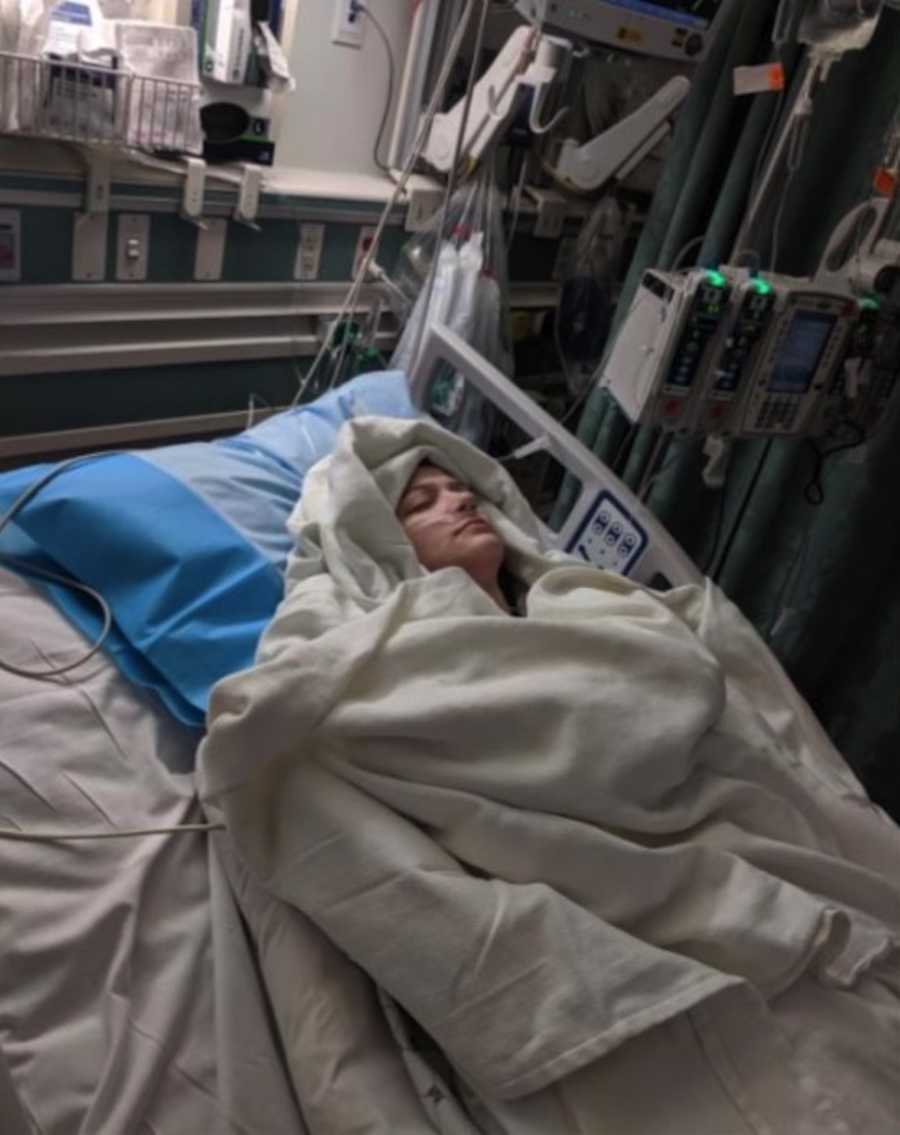
My journey has taught me so much, but the one I hold most dear is the importance of truly loving myself, despite my disability and the pain intrinsic to my existence. I suffered from body dysmorphia following my neurosurgeries, not recognizing the image looking back at me in the mirror. I decided I had to make a choice to love myself and end the negative self-talk I was producing. Through my Instagram, I’ve connected with other disabled individuals, who have helped me realize our experiences have made us more empathetic, resilient, and grateful for the good things in life. I no longer view my scars as disfigurements, but as symbols of strength and badges of honor from the battles I’ve won.
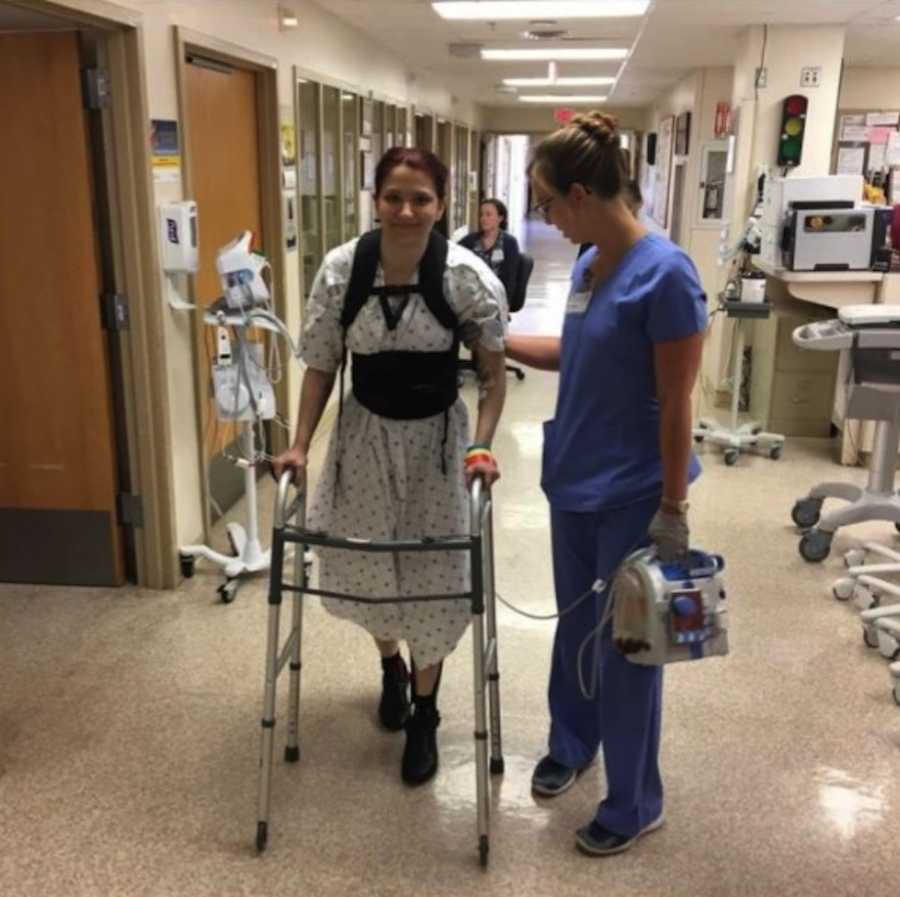
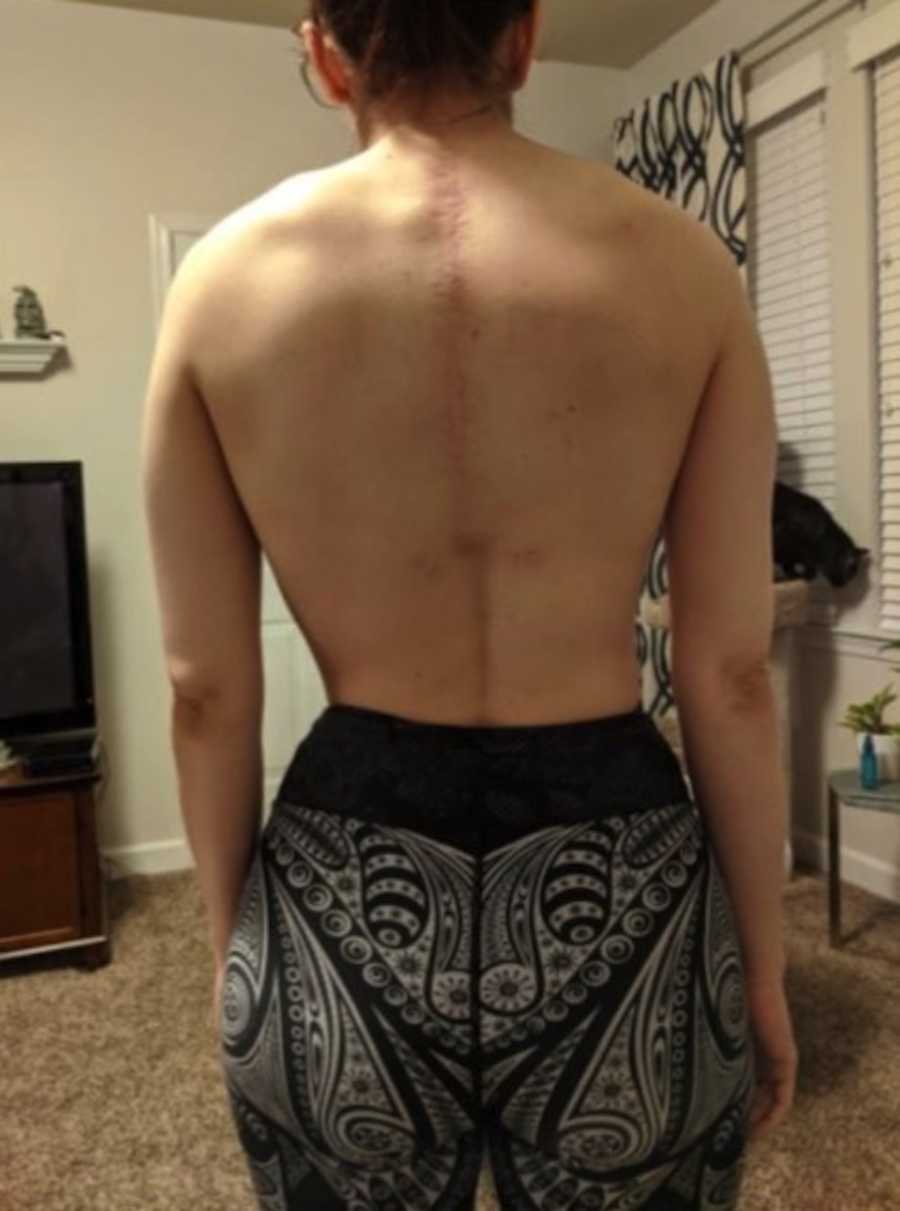
Today, I continue my volunteer work and focus on managing my disability. Though I still struggle with neurological problems and chronic pain, I practice my physical therapy exercises as much as possible. Each day is a constant reminder of my disability and the necessity of facing life with the will to endure. I hope I will never need another neurosurgery, but I also know I have the strength to overcome whatever challenges lie ahead in my life. Support from my loved ones continues to be one of my greatest sources of strength. I have arrived at a deep conviction all individuals have the potential for such resilience, and I wish you all well in your journeys. From the bottom of my heart, thank you for reading my story.”
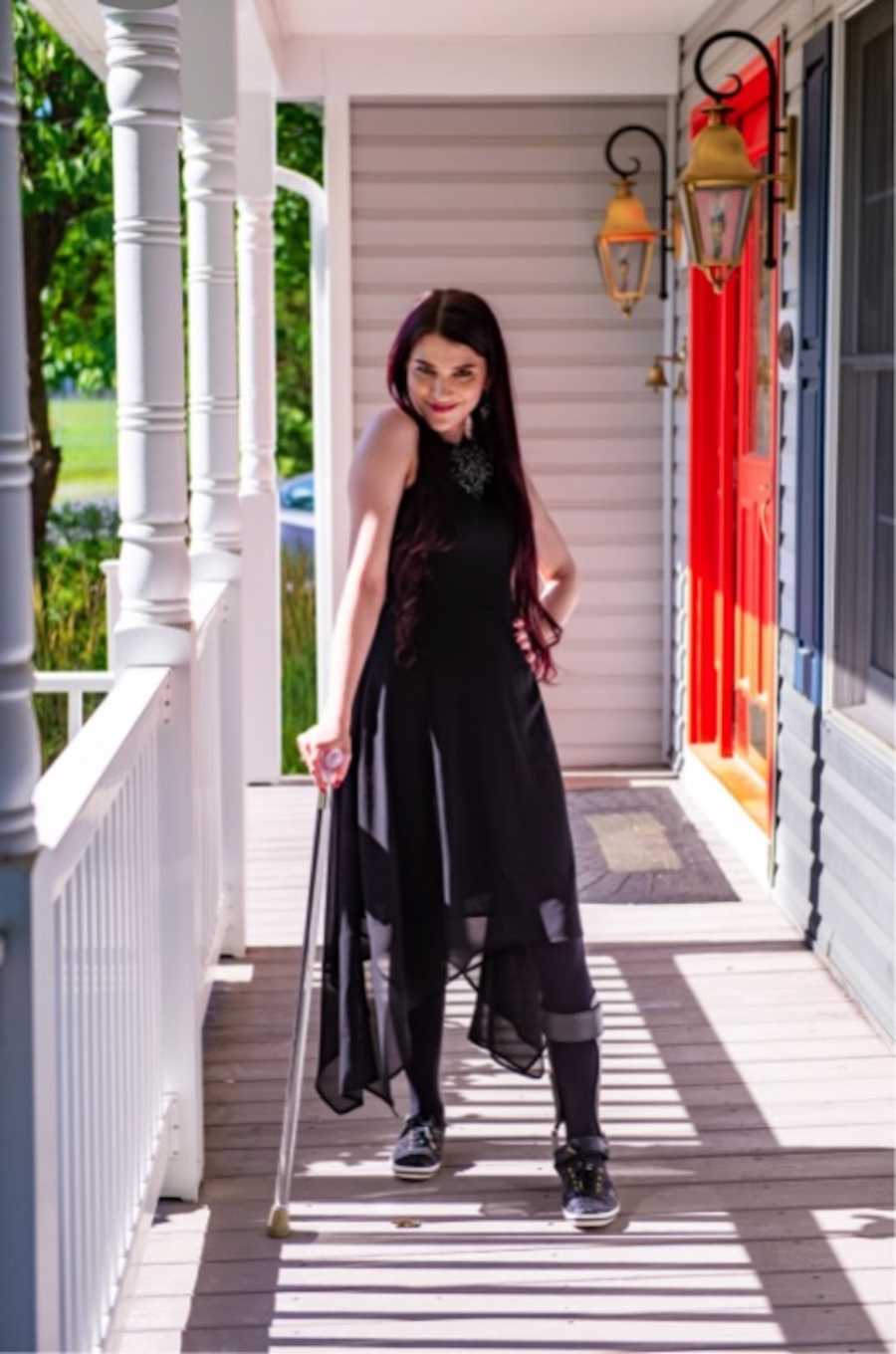
This story was submitted to Love What Matters by April Marie from Northern Virginia. You can follow her journey on Instagram. Do you have a similar experience? We’d like to hear your important journey. Submit your own story here. Be sure to subscribe to our free email newsletter for our best stories, and YouTube for our best videos.
Read more stories from those with chronic illnesses:
Please SHARE this story on Facebook and Instagram to encourage others to live life to the fullest.

